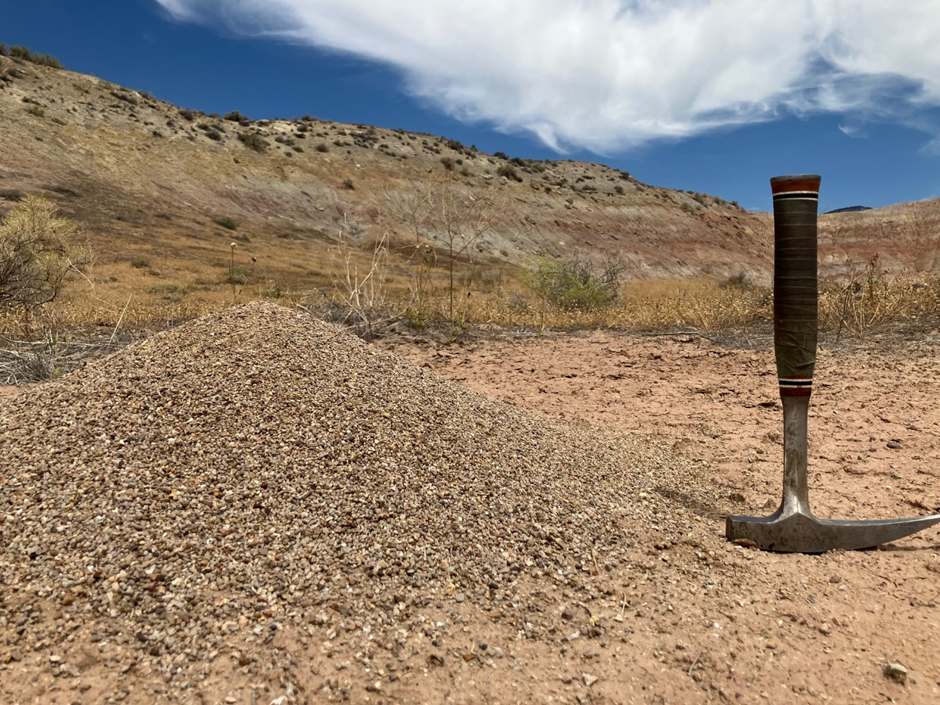Foehn Winds and Glacier Plugs | Ella Gilbert
- SciEnvy

- Jan 20, 2017
- 3 min read

The Antarctic Peninsula is one of the most rapidly warming regions on the planet, having warmed by around 3°C at Faraday/Vernadsky station in half a century. Although this warming has slowed, and is even largely absent in the most recent years, this still has dramatic consequences for the region. Part of the reason that the peninsula has warmed so much in the last 50 years is because of changing atmospheric circulation, and the changing index of the dominant climatological mode in the Southern Hemisphere, known as the Southern Annular Mode, or SAM.
The SAM describes a pattern of pressure anomalies around the Antarctic continent, which affects the strength and position of a band of intense westerly winds that blow around Antarctica. Other, more well-known, climatological modes like the El Niño Southern Oscillation (ENSO) also have indirect influences on Antarctic atmosphere and climate.
So, what does this mean? In short, what happens in the Pacific can have a remote effect on the climate of Antarctica, and in particular the peninsula.
Changes in ozone concentration and greenhouse gas forcing are thought to have contributed to the trend in the SAM towards more positive values. A more positive SAM causes a means migration of the strong circumpolar westerly winds that circulate around the Antarctic continent move towards the poles, where they intersect the peninsula. This brings warm, maritime air over the peninsula, which is then forced over the tail end of the Transantarctic Mountains, which are 1-2 km high: a considerable barrier.
When this air is forced upwards, moisture is forced to condense out of the air mass, meaning that when it descends on the other side, it is warmer and drier. This generates what are known as foehn winds. These winds are much warmer and drier than the conditions that can usually be expected over the eastern side of the peninsula, therefore they have a significant effect on its climate, particularly in winter - when the contrast is most stark. They also clear clouds away, meaning that more energy from incoming solar radiation is absorbed at the surface because there are no clouds to reflect it back into space.
This warming of course contributes to melt over the ice shelves on the eastern side of the peninsula. Especially in summer, this effect can be pronounced enough to cause temperatures to rise above zero, causing meltwater ponds to form, which can lead to ice shelf fracturing and eventually break-up. These local effects are especially important over the Larsen C because of its location, meaning that it is critical to model these processes at high resolution.
The Antarctic Peninsula contains numerous ice shelves, all fed by tributary glaciers which drain from the mountains. Larsen C is the largest remaining, at 51,000 km2. The volume of water contained in Larsen C would raise global sea level by around 27 cm, and much more water is contained in the other ice shelves around the peninsula. Further, these ice shelves have a buttressing effect, meaning they act like a plug on the glaciers that feed them.
Indeed, following the collapse of Larsen A and B in 1995 and 2003, respectively, the tributary glaciers that fed them accelerated massively.
This shows that the ice shelves around the peninsula are vital for keeping the volume of water that is contained within the ice sheet mass in equilibrium, and preventing the wholesale loss of vast amounts of water. Not only that, but the peninsula’s unique topography and climate make it a uniquely useful natural laboratory for scientific experiments on the atmosphere. However, we know very little about this intensely important region. Poorly resolved and complex processes are active here, so improving our knowledge of the climate over the peninsula will greatly improve our ability to project into the future and to apply this understanding to other cold environments.
New and improved methods for exploring this unique environment are essential to advance our knowledge in the region. My PhD will use high resolution modelling to examine the processes active over the peninsula, and determine how these interact with each other, and contribute to observed change. This may eventually allow us to project into the future and make a guess at what might be in store for Larsen C in the coming century.




Comments